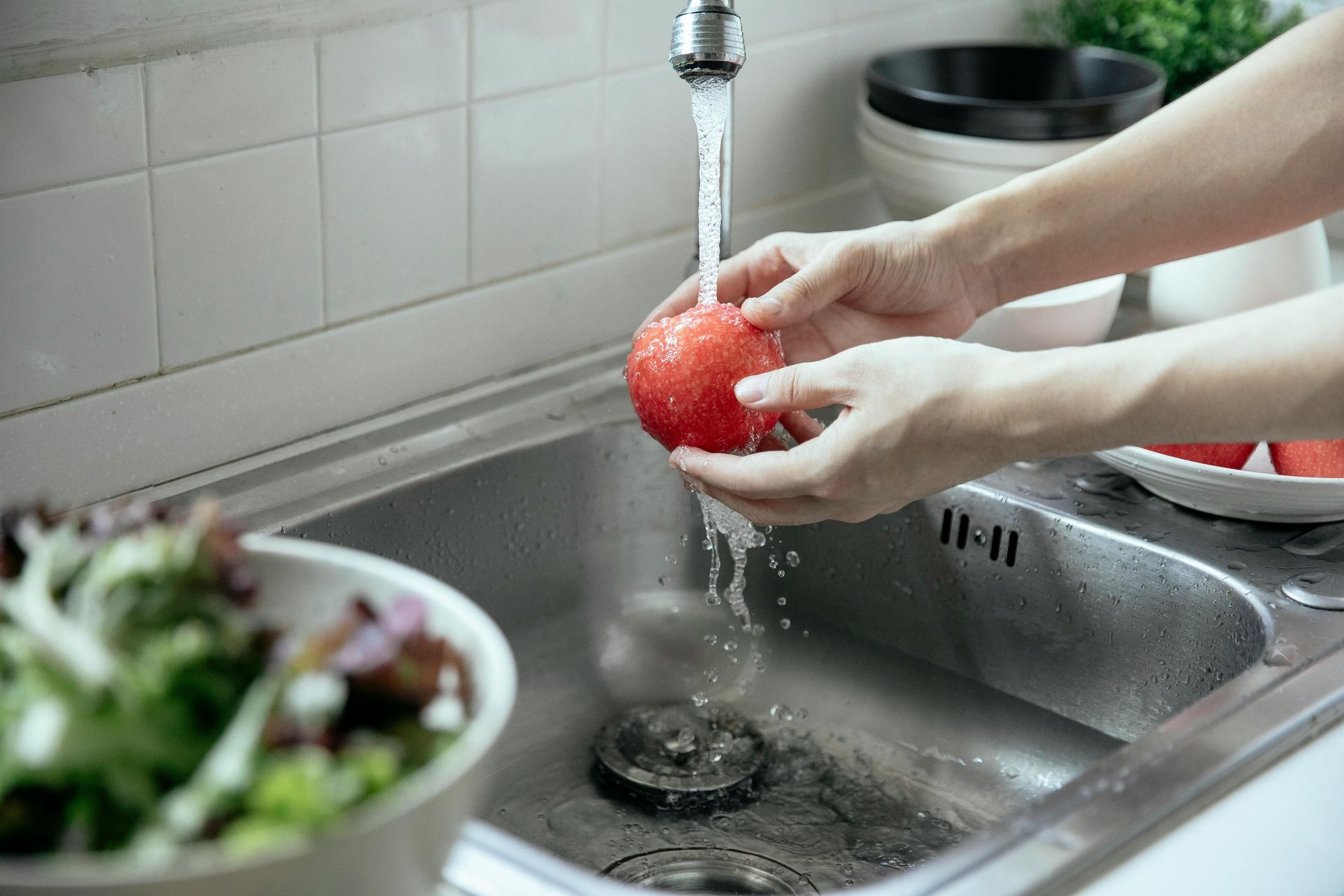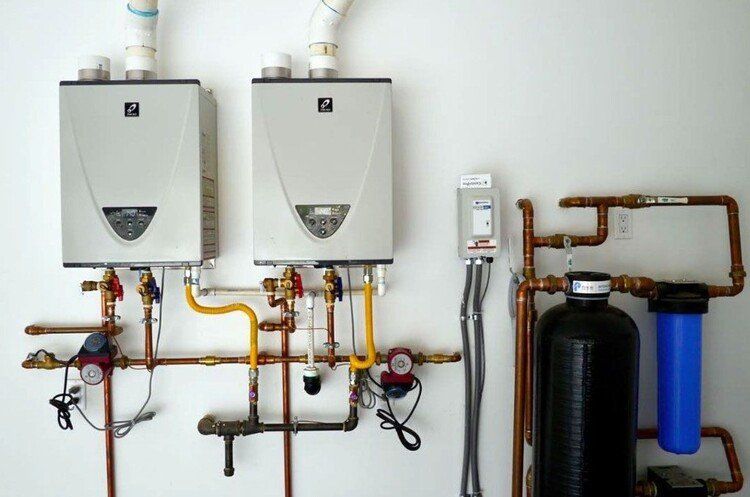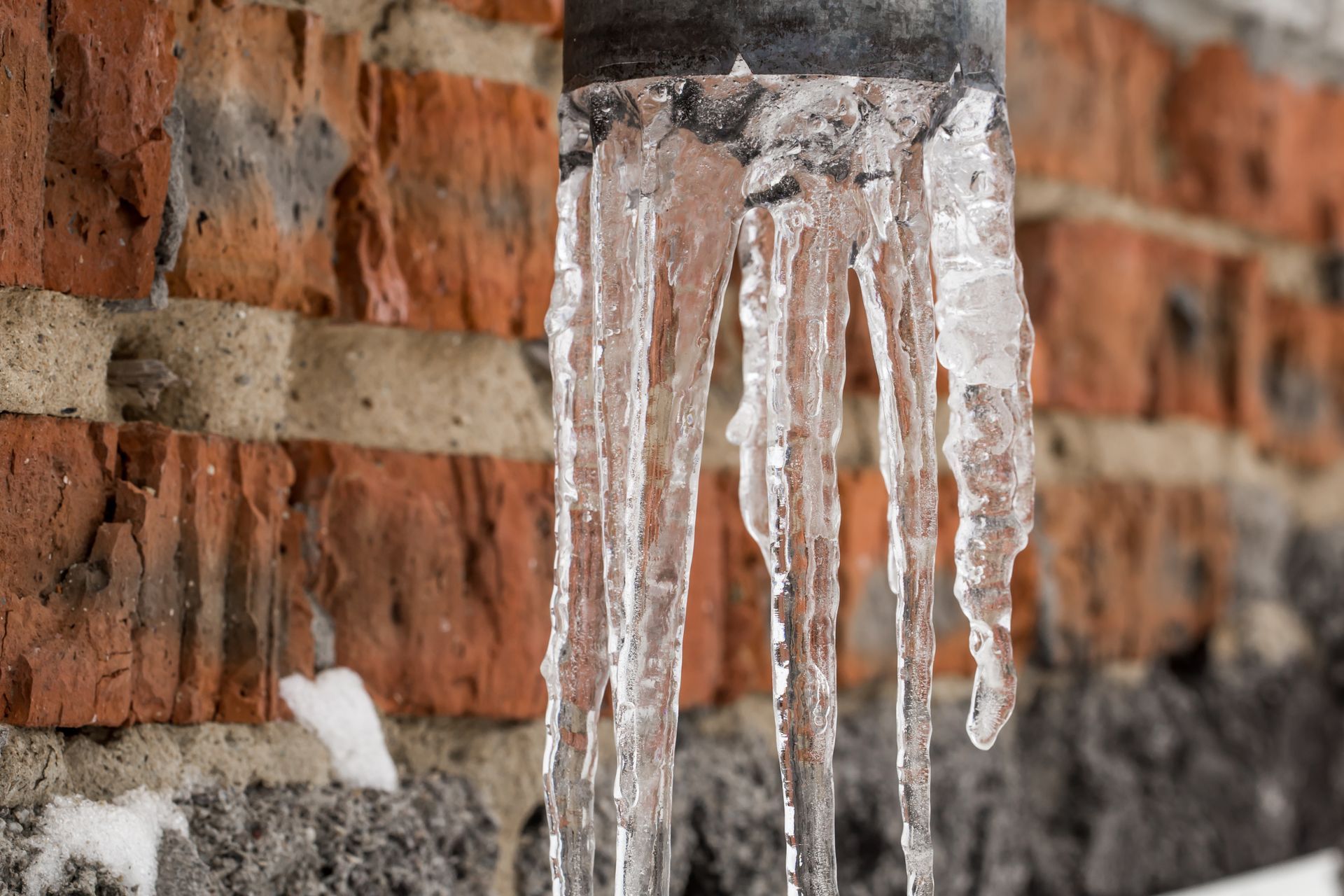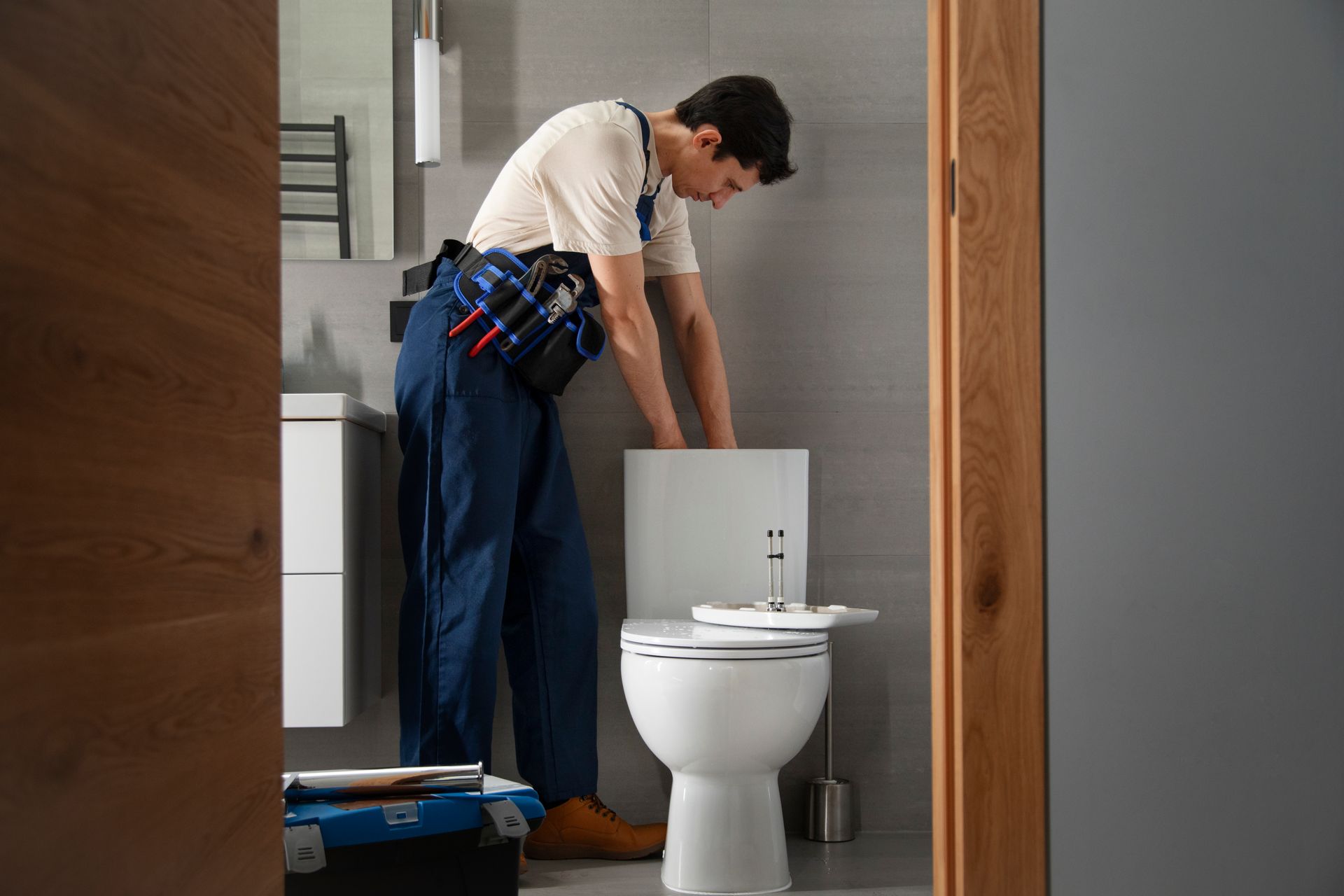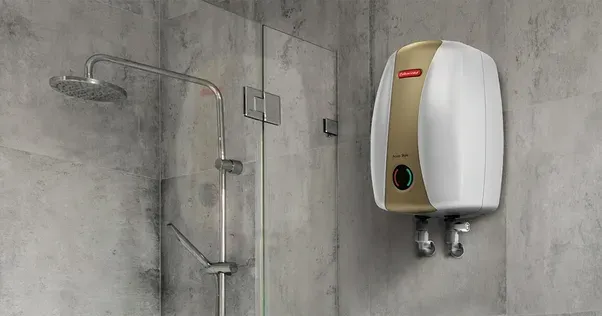How to Replace A Faulty Water Heater Element?
Replacing a faulty water heater element is an essential maintenance task that restores hot water flow, improves energy efficiency, and extends the life of your water heater. Whether your water heater is producing lukewarm water or no hot water at all, a malfunctioning heating element could be the culprit. This article offers a comprehensive, step-by-step explanation of how to replace a faulty water heater element properly. Incorporated into the guide are expert insights from professionals like All City Plumbers, with context on related plumbing maintenance such as how routine care can help prevent clogs in your kitchen sink, which, while a different system, is part of comprehensive home plumbing upkeep. Understanding this process keeps your home’s water heater functioning efficiently and safely.
Understanding the Role of the Water Heater Element
The water heater element is an electrical component responsible for heating the water inside your tank. Electric water heaters usually have one or two heating elements — an upper and a lower — that work together to efficiently heat the water. When one or both elements fail, water temperature drops and hot water output decreases or stops.
Heating elements are subjected to wear from mineral buildup and corrosion, especially in areas with hard water. Therefore, replacing a faulty element is often more cost-effective than replacing the entire water heater.
Essential Preparations Before You Begin
Before starting the replacement process, ensure you have safety equipment, basic plumbing tools, and the correct replacement element compatible with your water heater model. The replacement element should match the wattage and voltage specifications of the faulty one.
Tools and Materials Needed:
- New water heater heating element
- Element wrench or 1 ½ inch deep socket wrench
- Multimeter (to test the existing element)
- Screwdrivers (Phillips and flathead)
- Garden hose (for draining water)
- Teflon tape or plumber’s putty (to seal threads)
- Towels or rags for water cleanup
- Bucket
- Safety gloves and glasses
Always turn off the power supply to your water heater at the circuit breaker before beginning any work. This is critical to prevent electric shock. Additionally, turn off the cold water supply valve to the heater.
Step-by-Step Process to Replace a Faulty Water Heater Element
Step 1: Drain the Water Heater Tank
Attach a garden hose to the drain valve located at the bottom of the water heater. Open a hot water faucet somewhere in your home (to relieve pressure) and drain the tank by opening the valve. Water can be very hot, so take caution to avoid burns. Draining the tank prevents water spillage when removing the element.
Step 2: Remove the Access Panel and Insulation
Most electric water heaters have two access panels covering the upper and lower heating elements. Remove the screws securing the panel with a screwdriver. Pull the insulation back to expose the element and wiring. Taking a photo of the existing wiring helps during reassembly.
Step 3: Test the Existing Element (Optional but Recommended)
Using a multimeter, test the resistance of the heating element by touching the meter probes to both terminals on the element. A faulty element usually reads infinite resistance or zero ohms. This step confirms that the element is defective and needs replacement.
Step 4: Disconnect the Wiring From the Faulty Element
Using a screwdriver, carefully disconnect the wires attached to the heating element terminals. Label or note wire placements for accurate reconnection.
Step 5: Remove the Faulty Heating Element
Use an element wrench or a 1 ½ inch deep socket to unscrew the heating element from the tank by turning counterclockwise. Be cautious not to damage surrounding parts. Some tanks may have screw-in elements while others might have flange-mounted types, so ensure your tools and process match your heater style.
Step 6: Prepare and Install the New Heating Element
Before installing, apply Teflon tape or plumber’s putty around the threads of the new element to ensure a watertight seal and prevent leaks. Screw the new element into the tank clockwise and tighten firmly but avoid overtightening, which could damage the threads or tank.
Step 7: Reconnect the Wires and Replace Insulation and Panel
Reconnect the electrical wires to the new heating element terminals, ensuring secure connections. Replace the insulation over the element, then screw the access panel back into place.
Step 8: Refill the Water Heater Tank
Close the drain valve and disconnect the hose. Turn on the cold water supply to refill the water heater. Keep the hot water faucet open until water flows steadily to expel trapped air.
Step 9: Restore Power and Test
Once the tank is full, turn the power back on at the circuit breaker. Allow time for the water to heat, then test hot water availability at faucets throughout your home. Check near the water heater for any leaks around the replaced element.
Maintenance Tips and Why Professional Help Matters
Proper maintenance, including flushing your water heater annually, helps prevent mineral buildup that damages heating elements. While you may be comfortable replacing elements yourself, professionals like All City Plumbers can provide thorough inspections and guarantee safety during installation and repair.
Additionally, maintaining your home's plumbing systems holistically—including regular tasks like prevent clogs in your kitchen sink—contributes to overall system longevity and fewer emergencies. Plumbing professionals can also advise on water softeners and other devices that extend the life of your water heater and other fixtures.
Safety Considerations and When to Call the Experts
Replacing a water heater element involves working with electricity and hot water — both pose safety risks. If you feel uncertain at any step, or if you observe leaks or other irregularities after replacement, consulting with licensed plumbers is the safest choice. Emergency situations such as sudden leaks, electrical issues, or a malfunctioning water heater element are best handled by trained professionals who can provide prompt and reliable service.
Conclusion
Replacing a faulty water heater element can restore your household’s hot water supply efficiently and prolong your water heater’s lifespan. By following the detailed steps above, exercising proper safety precautions, and embracing regular maintenance routines, you ensure reliable hot water and system performance. For expert assistance and peace of mind, contacting reputable services like All City Plumbers ensures high-quality repairs and lasting results.
If you need further guidance or professional replacement services, trusted plumbers are available to help with all your water heater needs. Regular plumbing care, including addressing minor issues before they escalate, protects your home’s comfort and value for years to come.

